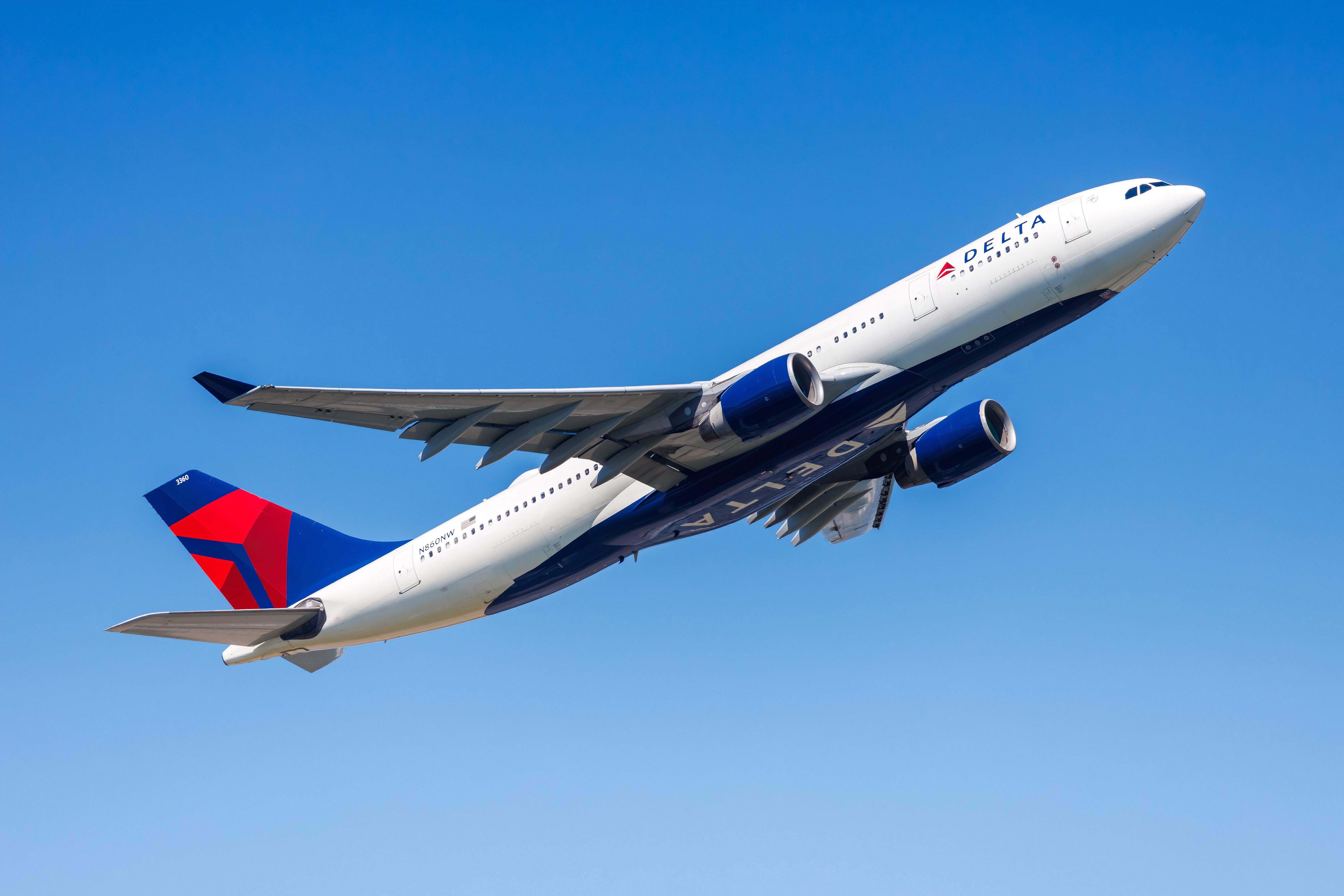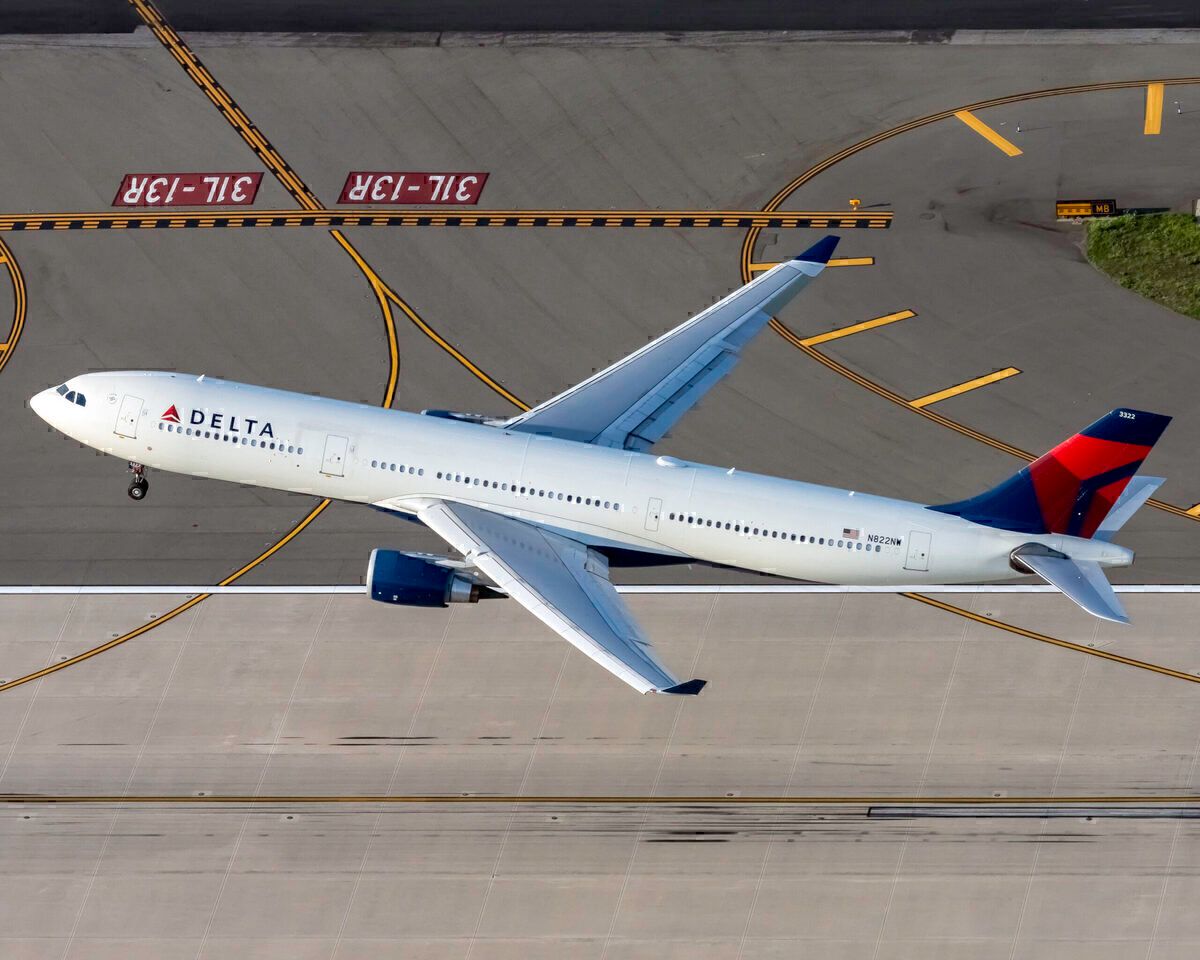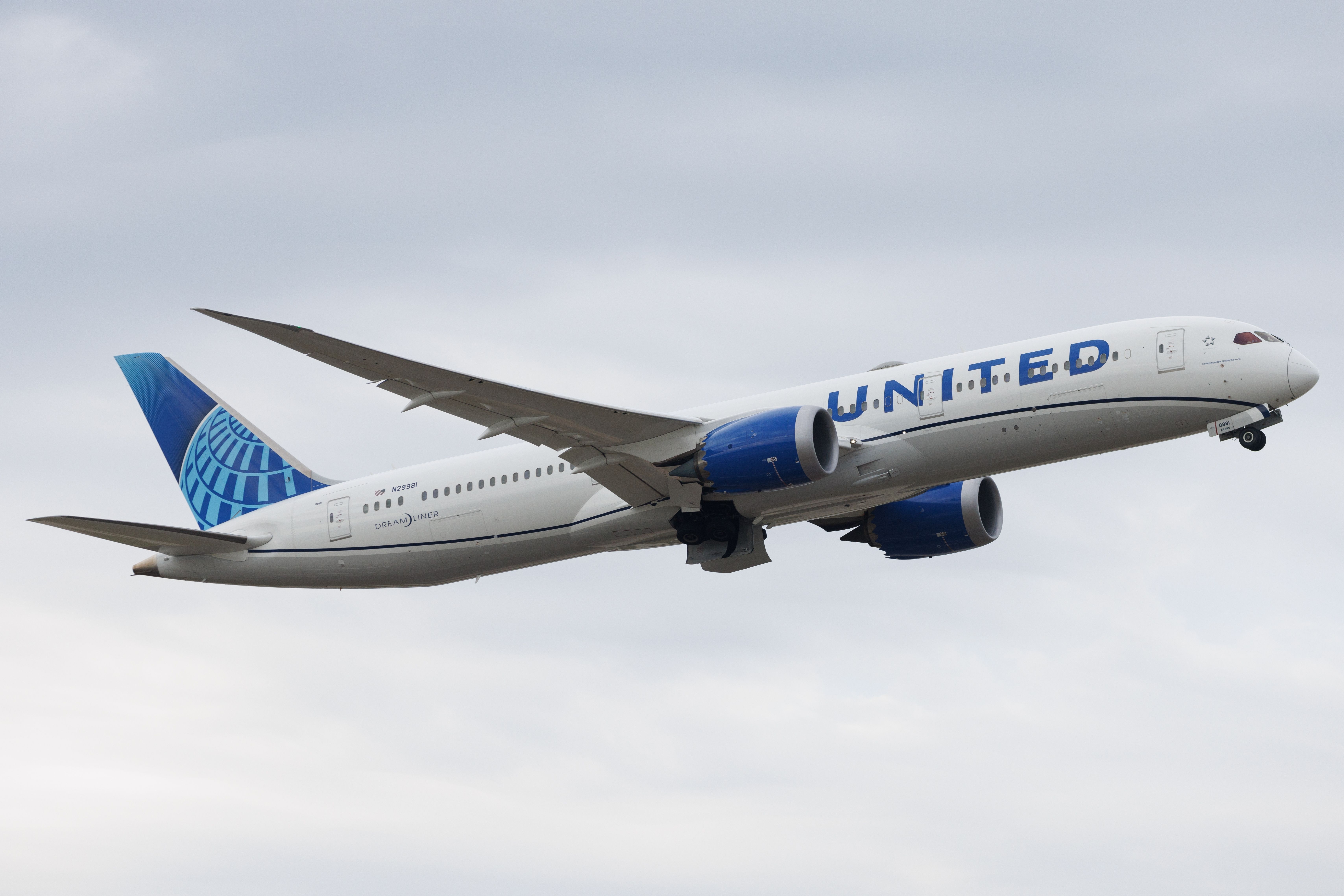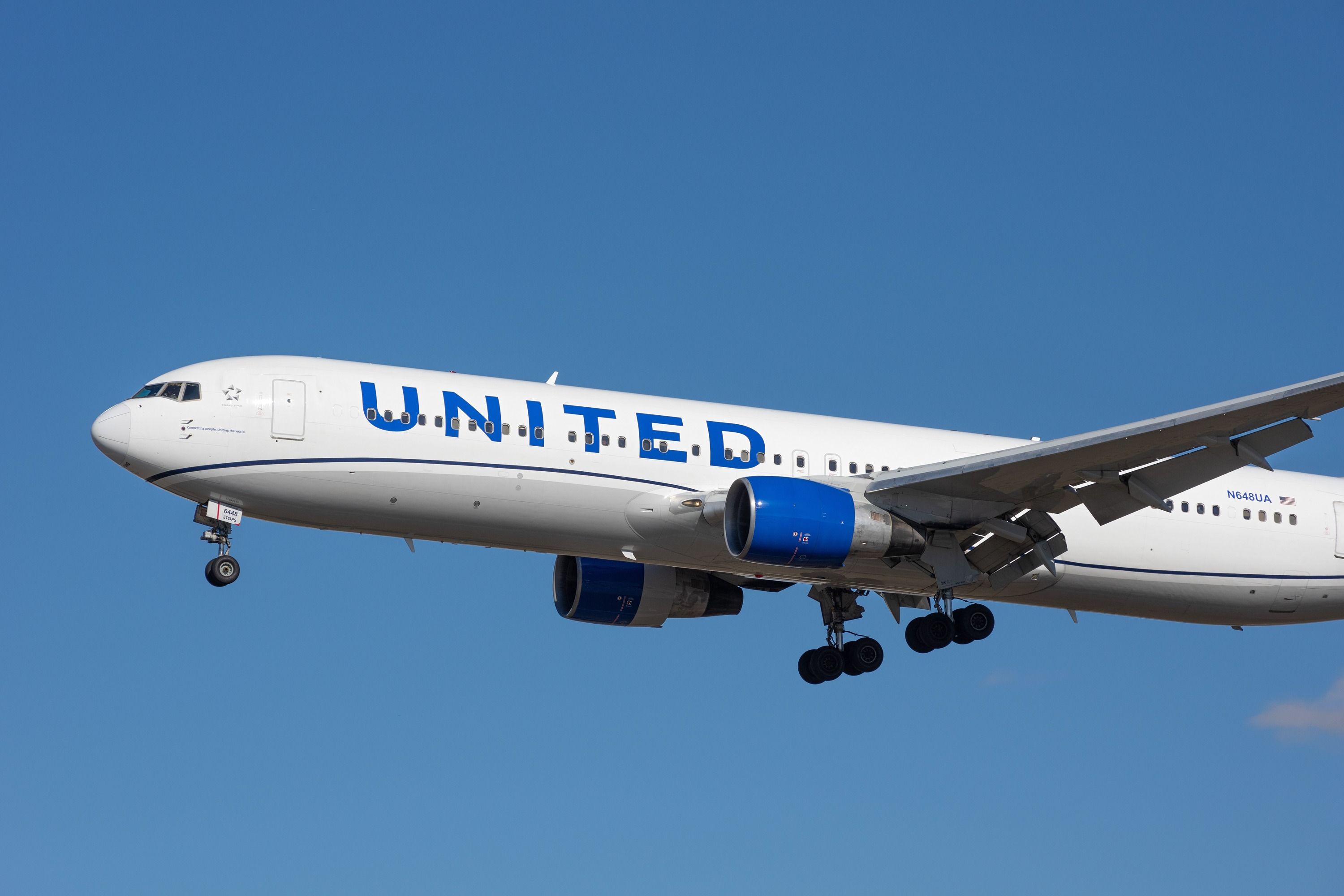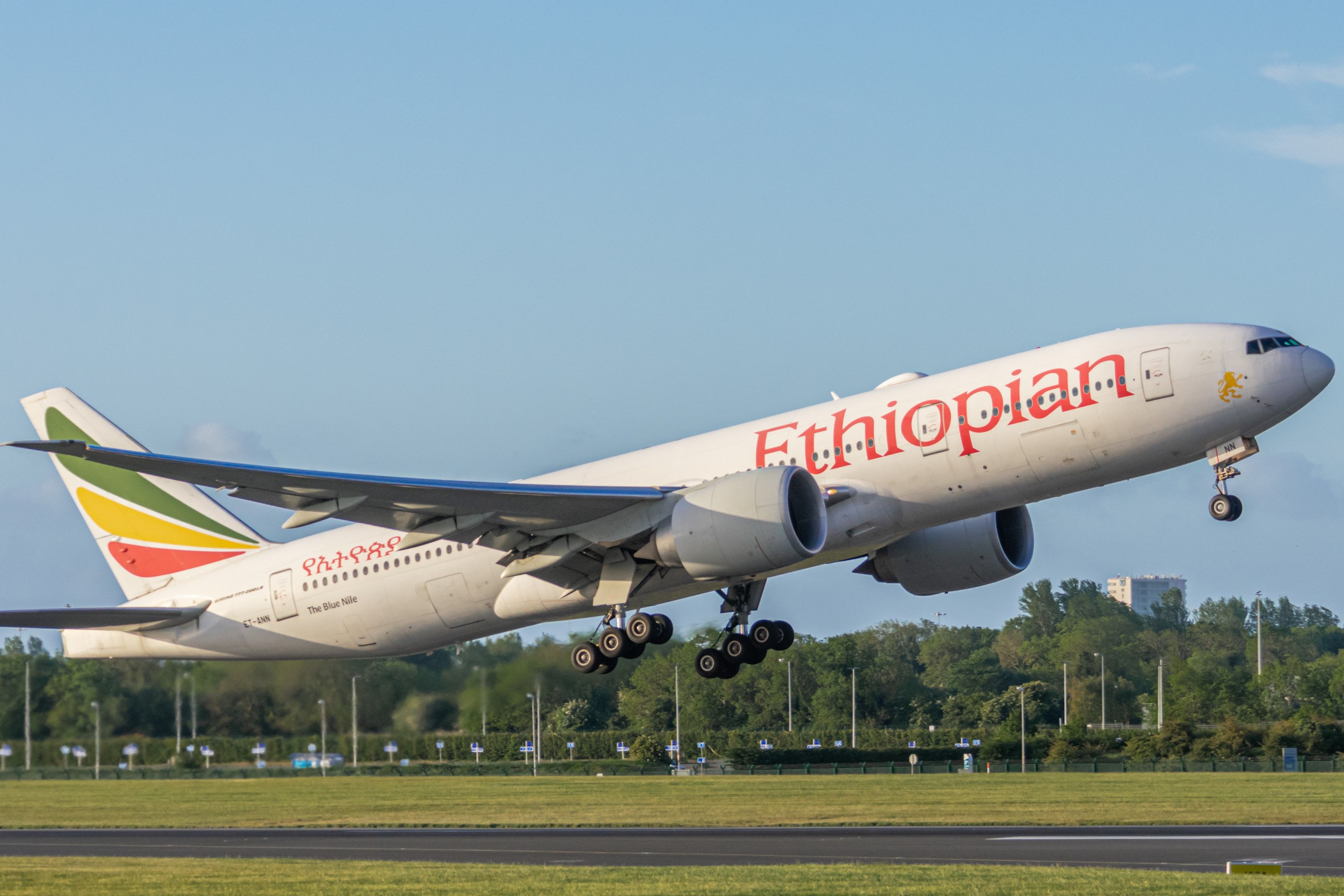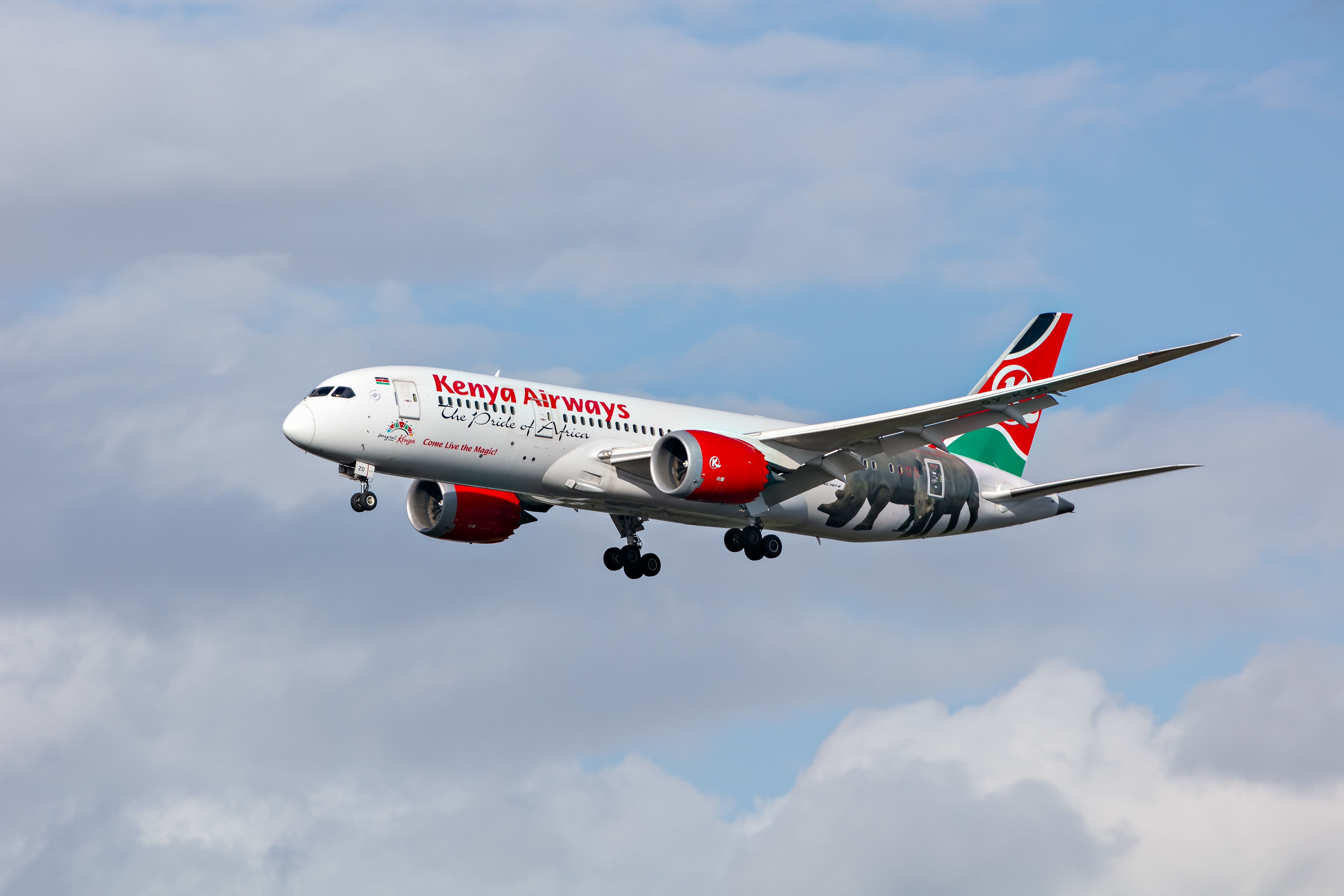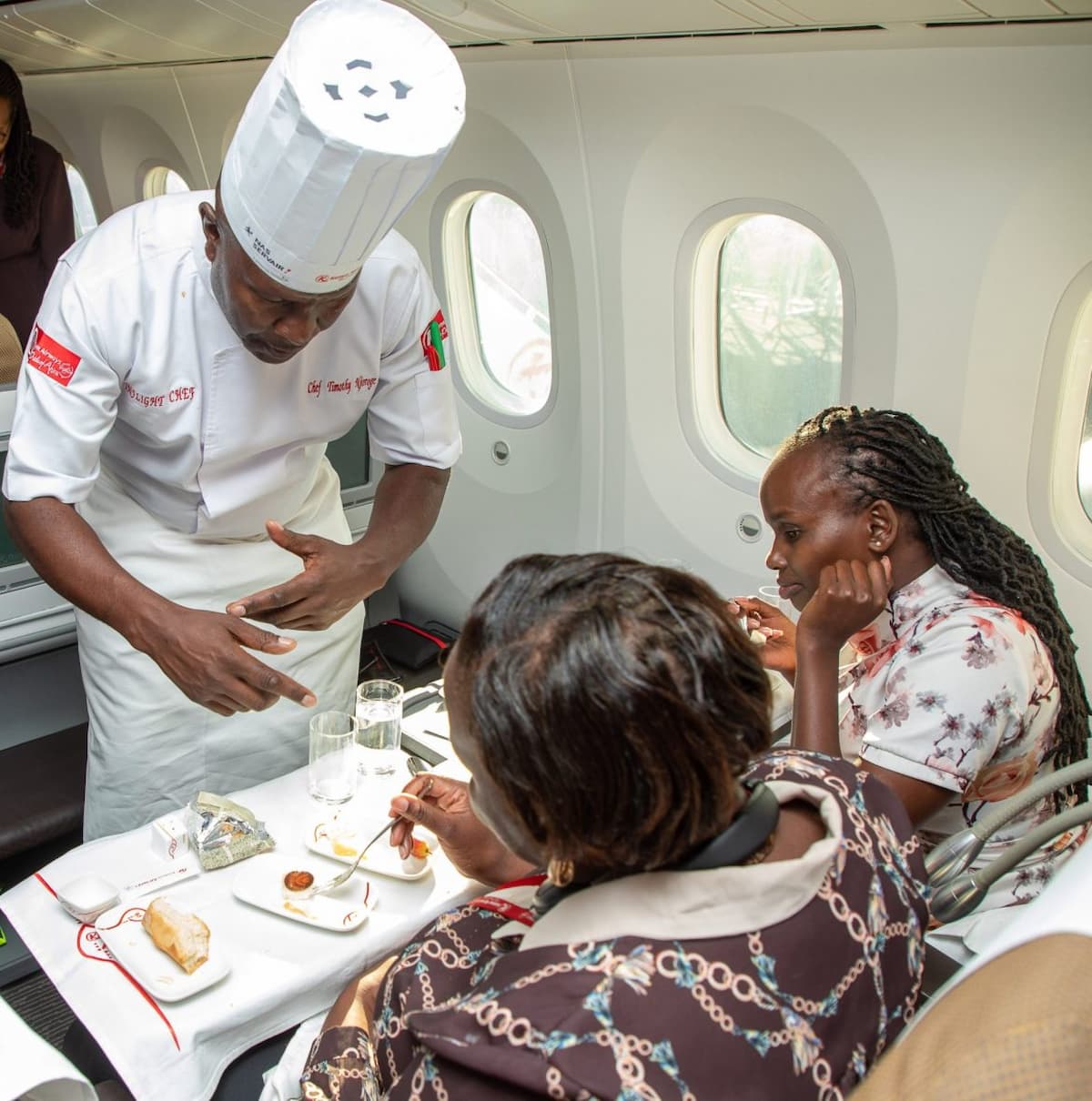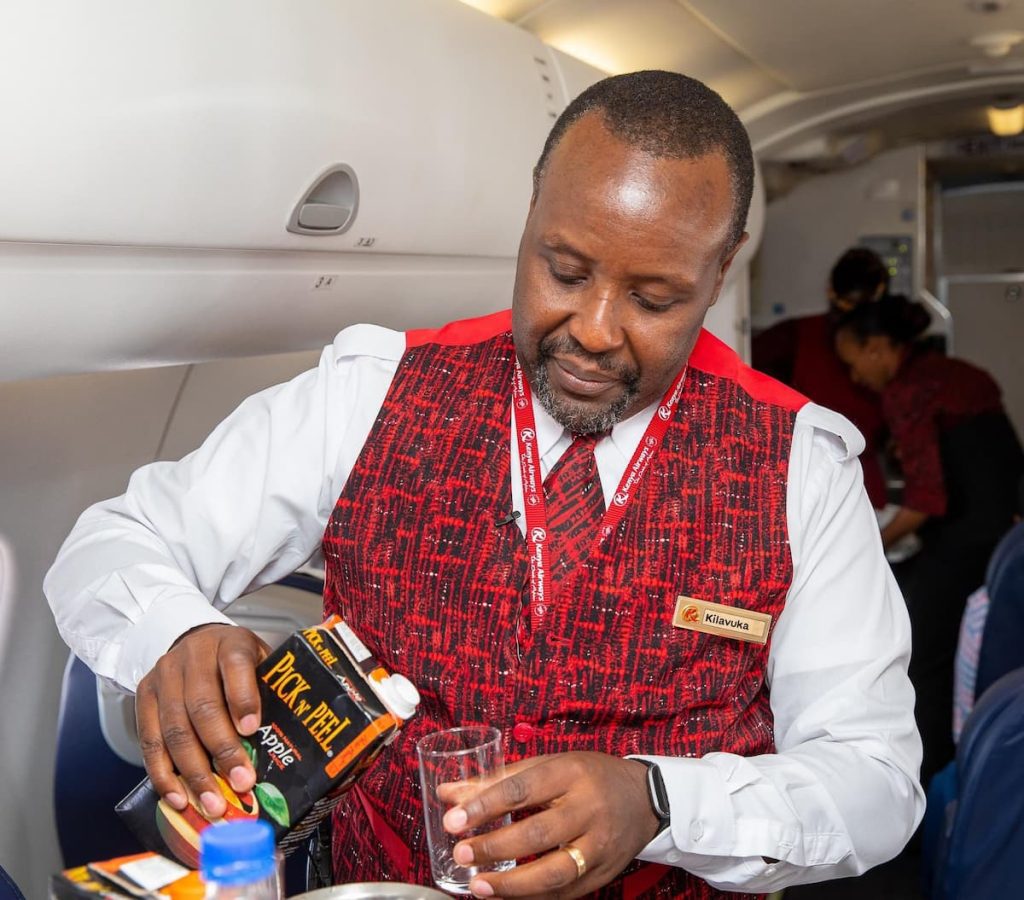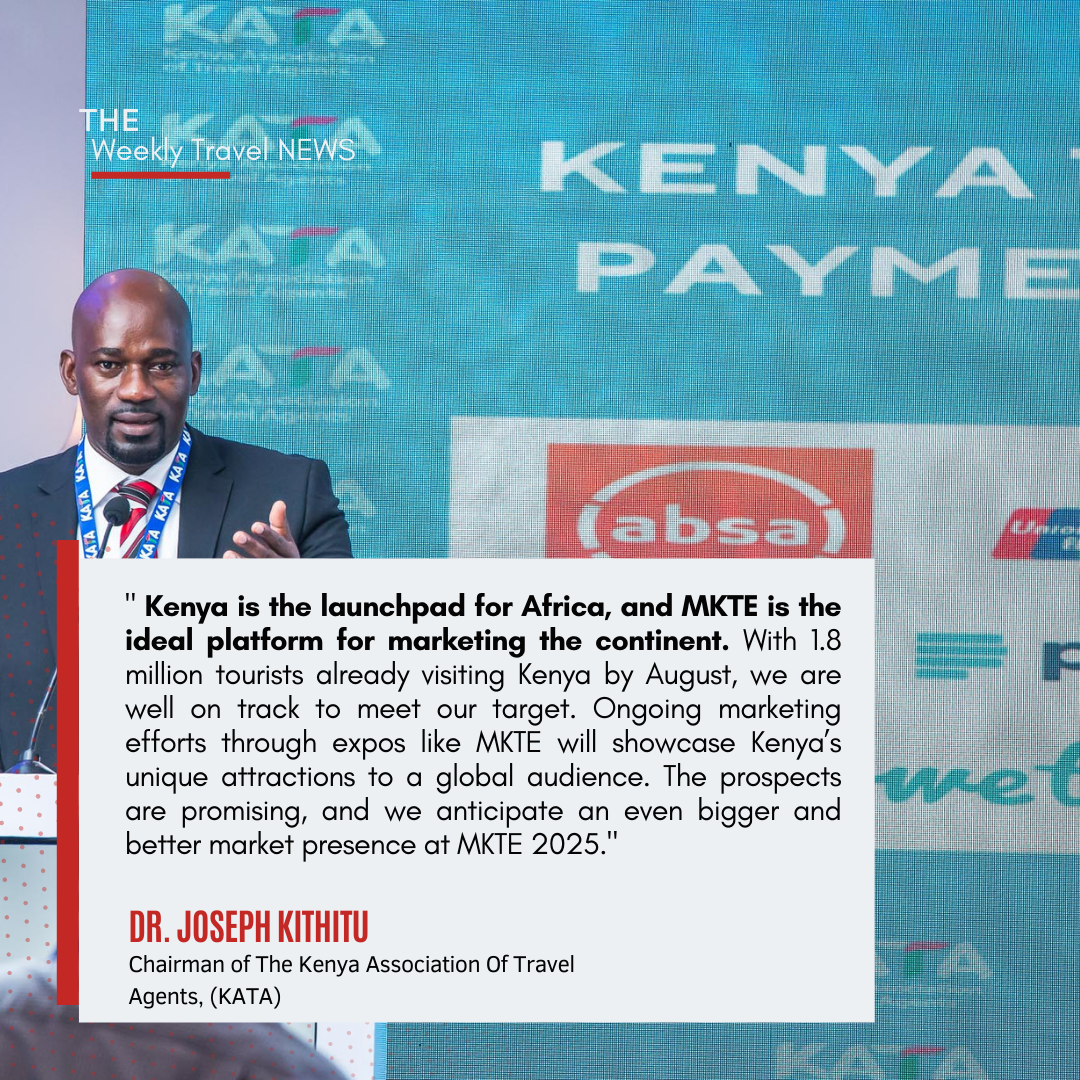The United Kingdom has announced changes to its visa application process that will affect applicants from several countries, including Kenya.
The UK government unveiled these updates on Monday, October 21, 2024, and will affect current and future visa applicants. Central to these changes is the switch from TLScontact to VFS Global as the new commercial partner for visa printing.
“This transition is set to take place between September 2024 and January 2025 across several regions, including Africa, Europe, the Middle East, and Central Asia. For Kenyan applicants, the process will start with TLScontact and conclude with VFS Global,” the UK High Commission in Nairobi said.
The High Commission has urged applicants to “remain calm and follow the instructions carefully,” provided via email from both TLScontact and VFS Global.
These emails will outline the necessary steps in the visa process. Applicants were also reminded to “check their junk folders” to ensure they do not miss any critical updates.
Those with scheduled visa interviews were advised to attend as planned.
However, if a rescheduling is required, applicants will have to pay the mandatory user pay (MUP) fee again, and then request a refund for the initial fee from TLScontact.
Despite the administrative changes, the High Commission reassured applicants that “the processing time for visas will remain unaffected.”
VFS Global will officially take over the visa application centres in Kenya from October 22, 2024.
This transition is part of a broader strategy to improve the efficiency and security of the visa application system.
The shift to VFS Global is expected to bring several benefits, including enhanced service delivery and heightened security.
With extensive experience in managing visa centres globally, VFS Global is well-prepared to manage the increased workload.
Along with the change in commercial partners, the UK Government has also introduced new measures to streamline the visa process.
One such innovation is the launch of an online visa application service called Access UK, which aims to simplify the process by providing “easy-to-follow checklists and online payment options.”
Public reaction to the changes has been mixed.
While some people expressed concerns about potential confusion and delays, others see it as a step in the right direction towards “improving the visa application process.”
The High Commission emphasized its commitment to “ensuring a smooth transition” and providing support to all applicants.
These changes come as the UK seeks to “strengthen its ties” with Kenya and other countries in the region.
UK High Commissioner to Kenya Neil Wigan highlighted the importance of “maintaining strong bilateral relations” and ensuring an efficient and secure visa system.
As the transition unfolds, the UK High Commission will continue to provide updates and guidance to applicants. Kenyans are encouraged to stay informed and follow all instructions to ensure a “smooth and successful visa application experience.”
Source: NTV Kenya




